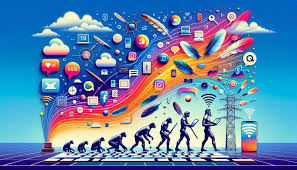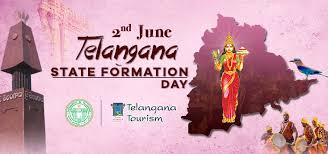Social Media
Social Media: Evolution, Impact, and the Future of Digital Connection
Introduction
From early platforms like MySpace and Friendster to today’s giants like Facebook, Instagram, TikTok, and X (formerly Twitter), social media has become an essential part of everyday life for billions of people around the globe.
But social media is more than just a way to share photos or update your status. It is a dynamic ecosystem that influences personal identity, business strategy, political discourse, and social change. This article explores the world of social media — its history, impact, and where it may be headed next.
What Is Social Media?
. These platforms are built on the principles of user-generated content, community-based input, interaction, and collaboration.
Common types of social media include:
- Social networking sites (e.g., Facebook, LinkedIn)
- Microblogging platforms (e.g., X/Twitter)
- Photo and video sharing platforms (e.g., Instagram, Snapchat, TikTok, YouTube)
- Discussion forums (e.g., Reddit, Quora)
- Messaging apps (e.g., WhatsApp, Messenger)
A Brief History of Social Media
- 1997–2005: The early era with platforms like Six Degrees, Friendster, and MySpace, focused on personal profiles and basic networking.
- 2004: Facebook launches and eventually dominates the social networking space, setting the template for user engagement.
- 2006–2012: The rise of Twitter, YouTube, and Instagram marks the shift toward real-time communication and visual content.
- 2016–Present: TikTok and Snapchat revolutionize short-form video content, while new platforms like Threads and Discord emerge to serve niche communities.
The Impact of Social Media
1. Communication and Relationships
Social media allows people to stay connected across the world in real-time. Families, friends, and communities interact regardless of distance.
- Business and Marketing
Influencer marketing, in particular, has become a powerful tool for reaching audiences organically.
3. News and Information
Social platforms are a major source of news. While this enables faster information dissemination, it also raises concerns about misinformation, echo chambers, and the spread of fake news.
4. Social Movements and Activism
Hashtags like #BlackLivesMatter, #MeToo, and #ClimateStrike exemplify how social media can amplify voices and mobilize people for social justice causes globally.
5. Mental Health
While social media can foster community and support, excessive use is linked to anxiety, depression, and loneliness, especially among younger users.
Current Trends in Social Media
- AI and Algorithms: Personalized feeds powered by AI curate what users see, driving engagement but also influencing behavior.
- Augmented Reality (AR): Filters and effects on apps like Snapchat and Instagram are increasingly popular.
- Private Communities: There’s a shift toward more private or semi-private groups and chats (e.g., Facebook Groups, Discord servers).
- Creator Economy: More individuals are making a living through content creation, supported by platform monetization tools.
- Social Commerce: Shopping directly on social media apps is growing, blending content with commerce.
The Future of Social Media
As technology evolves, so will social media. We can expect:
- More immersive experiences with virtual reality (VR) and metaverse platforms.
- Stronger regulations around data privacy and content moderation.
- Decentralized social networks powered by blockchain to give users more control.
- Greater ethical responsibility from platforms to reduce harm and promote well-being.
As of 2025, the top 5 social media platforms based on global user numbers and influence are:
1. Facebook
- Monthly Active Users (MAUs): ~3 billion
- Why it’s top: Still the largest social media platform globally. Used for personal connections, groups, events, and business pages.
- Strong in: Older demographics, global reach, especially in Asia, Africa, and Latin America.
2. YouTube
- MAUs: ~2.7 billion
- Why it’s top: The dominant video-sharing platform, used for entertainment, education, music, and content creation.
- Strong in: All age groups, especially Gen Z and Millennials. Also functions as a search engine (2nd largest after Google).
3. WhatsApp
- MAUs: ~2.5 billion
- Why it’s top: A messaging app that’s essential in many parts of the world for daily communication, both personal and business.
- Strong in: India, Brazil, Europe, Africa. Owned by Meta (like Facebook and Instagram).
4. Instagram
- MAUs: ~2.4 billion
- Why it’s top: A visual-first platform known for photo sharing, Stories, Reels, and influencer marketing.
- Strong in: Younger users (Millennials, Gen Z), fashion, lifestyle, and brand engagement.
5. TikTok
- MAUs: ~1.8 billion (rapid growth)
- Why it’s top: Short-form video content that fuels viral trends, entertainment, and creator culture.
- Strong in: Gen Z and younger Millennials. Extremely influential in music, culture, and memes.
Honorable Mentions:
- X (formerly Twitter): Strong in news and real-time updates.
- Snapchat: Popular among teens in the US and Europe.
- Threads: A growing Meta-backed platform competing with X.
- LinkedIn: Dominant in professional networking.


